Hello, world! I'm Jason Lei
A versatile Computational Media graduate from Georgia Tech with expertise in connecting technical execution with business strategies. I deliver effective and reliable solutions through leveraging technical understanding, project coordination, client relations, and cross-functional collaboration.
Game Projects
Featured Games
Gallied Gales
Gallied Gales is a narrative VR experience, with multiple branching endings, paths, and decisions. Swing around sky islands as an environtmental surveyor, choosing to stay quiet or whistleblow about your company's questionable commitment to wildlife preservation. I worked on the player inventory, tools, and game logic with branching narratives.
Kitty Klepto
Kitty Klepto is a third-person narrative game, revolving around Casey, a (literal) cat burglar, struggling with returning their impulsively stolen goods. It was developed by a small but ambitious team of three members. I was responsible for the gameplay programming, including developing the minigames, collision and hitbox logic, and the dialogue system.
XLR-Raiders
XLR-Raiders is a high speed multiplayer third-person shooter developed using Unreal Engine for the LMC 4710 game project. Play as a military grade android, utilizing speed to fuel high velocity combat. Most of my work involved developing the initial mechanics, such as movement, camera, and physics, as well as handling the character animation systems.
A Tale of Possession
A tale of Possession is a narrative top-down puzzle game developed by a small team of four members. Over the course of development, I was responsible for most of the gameplay programming, as well as designing basic levels. Some of my responsibilities included designing an intricate hitbox system, strength puzzles, possession mechanics, and special interactions.
VR Dodgeball
This game simulates dodgeball using Unity's VR technology, and was developed by the Low-cost Aerial Autonomy VIP VR sub-team. I worked on programming certain game mechanics and customizable modules, including the dodgeball generation and targeting system, obstacle speed and amount, and randomized dodgeball trajectories.
Other Games
Naanviolence
2.5D fighting game in development — stay tuned!
Overdrive
Side-scrolling hack and slash game for the GBA
Paravoid
First-person horror platformer developed in the VGDev club
Fox Groover
2D side-scrolling adventure platformer
Cake Invasion
Cake-themed maze arcade game inspired by Dig Dug
Roblox Games
A collection of games developed using Roblox Studio
Liminal
Can you escape the dreaded backrooms?
BuzzKill
Multiplayer Georgia Tech-themed fighting game
Rally-X
Recreation of the classic maze chase arcade game for the GBA
Stardust Crusaders
Short top-down meteor dodging game for the GBA
JayBall
Recreation of JezzBall for the GBA
Hair Hero
A side scrolling 2D action shooter platformer
Alt-Controller: PianoSim
Piano-based rhythm game using alternative controllers
Willage Escape
Frogger-like arcade game built with Android Studio
Tanki Offline
Top-down alien-themed tank shooter for the GBA
Nyne
Two-player co-op iPad rhythm game
Ninja Derby Go
Short 2D ninja-themed action platformer
VR Dodgeball
It's dodgeball, but in VR! Use any your movement to dodge as many incoming balls as possible in the given time! Your score will increase for each ball you dodge successfully. Featuring randomized dodgeball generation locations, customizable speeds and amount, and a variety of sensory modifiers that can modify your score multiplier and drastically change the way you play the game — for better or for worse.Below is a video demo of the gameplay:
VR Dodgeball was developed in collaboration for the Low-cost Aerial Autonomy VIP VR sub-team. The game was built using Unity's VR support, which allowed for easy testing on an HTC Vive. The purpose of the project was to allow a subset of high school students to test the game and provide insight into how we can augment human environmental awareness to better respond to hazards.The game features a grand total of 8 different selectable modules that target different senses. Beneficial sensory modifiers make the game easier at the cost of a score decrease: visual aid comes in the form of an aerial mini-map or incoming arrow indicators, while auditory aid comes in the form of an emanating buzz from the dodgeballs. There have also been ongoing works to implement haptic feedback in the form of a vibrotactile belt.
Mini-map module
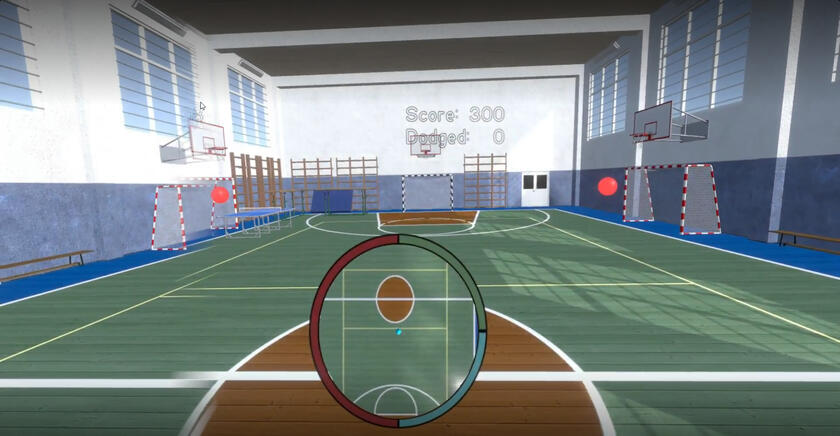
Visual cue module
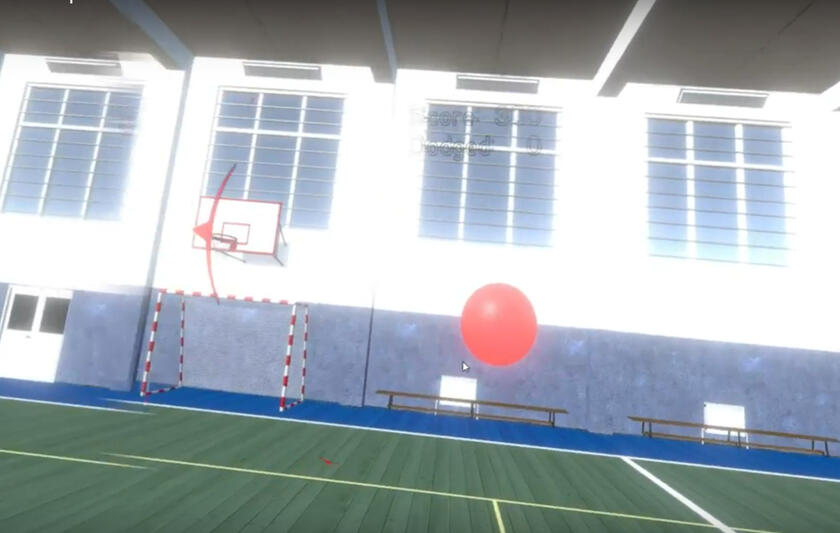
Modifier selection screen
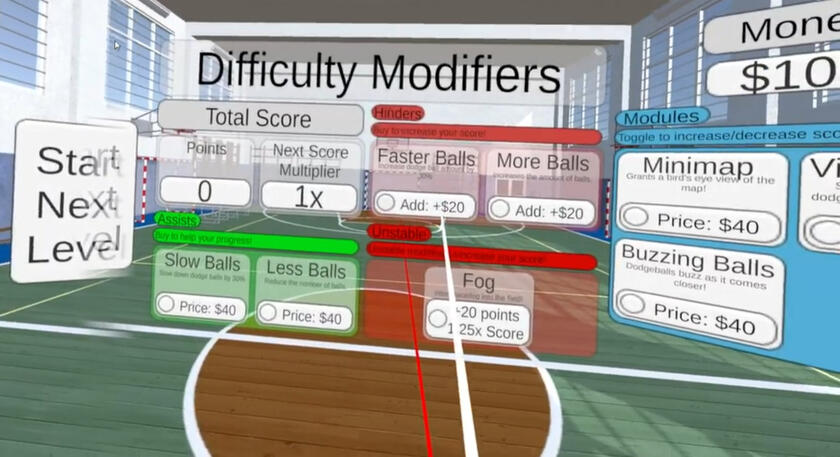
There are also a multitude of difficulty modifiers that increase the score multiplier, including the addition of dark fog that greatly inhibits vision, as well as options to add more dodgeballs or increase their speed.
Demo with visual cues and slower speed
Demo with dark fog and mini-map
Due to the confidentiality of any related projects, the details, source code, and footage of people playing the game cannot be shared.
Contributors:
Eddy Wang
Grace Shao
Jason Lei
Ryan Vo
Supervisors:
Divya Iyengar
Carlos Carrasquillo
Nyne
Nyne is a two-player co-op rhythm game developed by a small team for the Carnegie Mellon NHSGA summer program. Featuring 5 different songs, unique co-op play styles, and color coded circle indicators for both players!


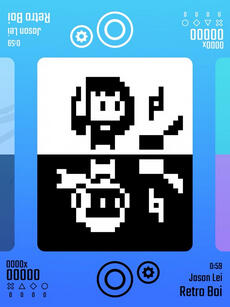
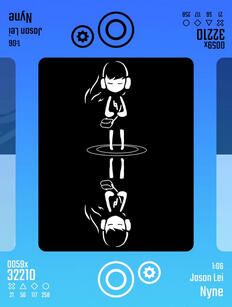
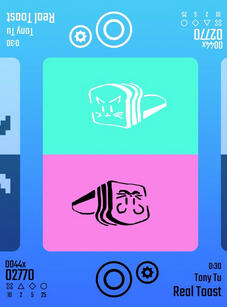
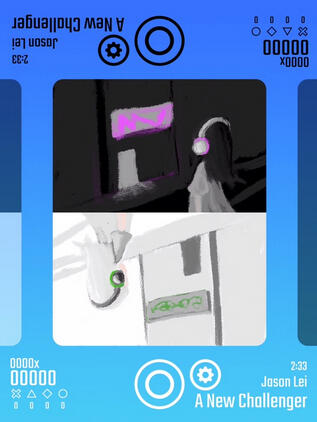
My responsibilities mainly involved producing the music and sound effects for the game. Here are some of my works that made it into the final game:
Main Menu Theme
Nyne
Retro Boi
A New Challenger
Contributors:
Jason Lei
Kevin Wu
Tony (Yifan) Tu
Nathan Xue
Alternative Controllers: PianoSim
This game was developed for an alternative controllers class, which explored the potential for alternative controllers in games beyond simple console controllers or keyboard and mouse controls. I used the Adafruit Circuit Playground Express as the base board, paired with the Arduino IDE to read inputs from the user using different pieces of copper tape to resemble individual piano keys. Due to limited sensors and buttons with the Adafruit board, the individual left and right buttons were assigned to change keyboard position, while the toggle button was used to toggle flat/sharp keys. For playtesting purposes, an alternative keyboard input was also implemented.
Adafruit board as a controller
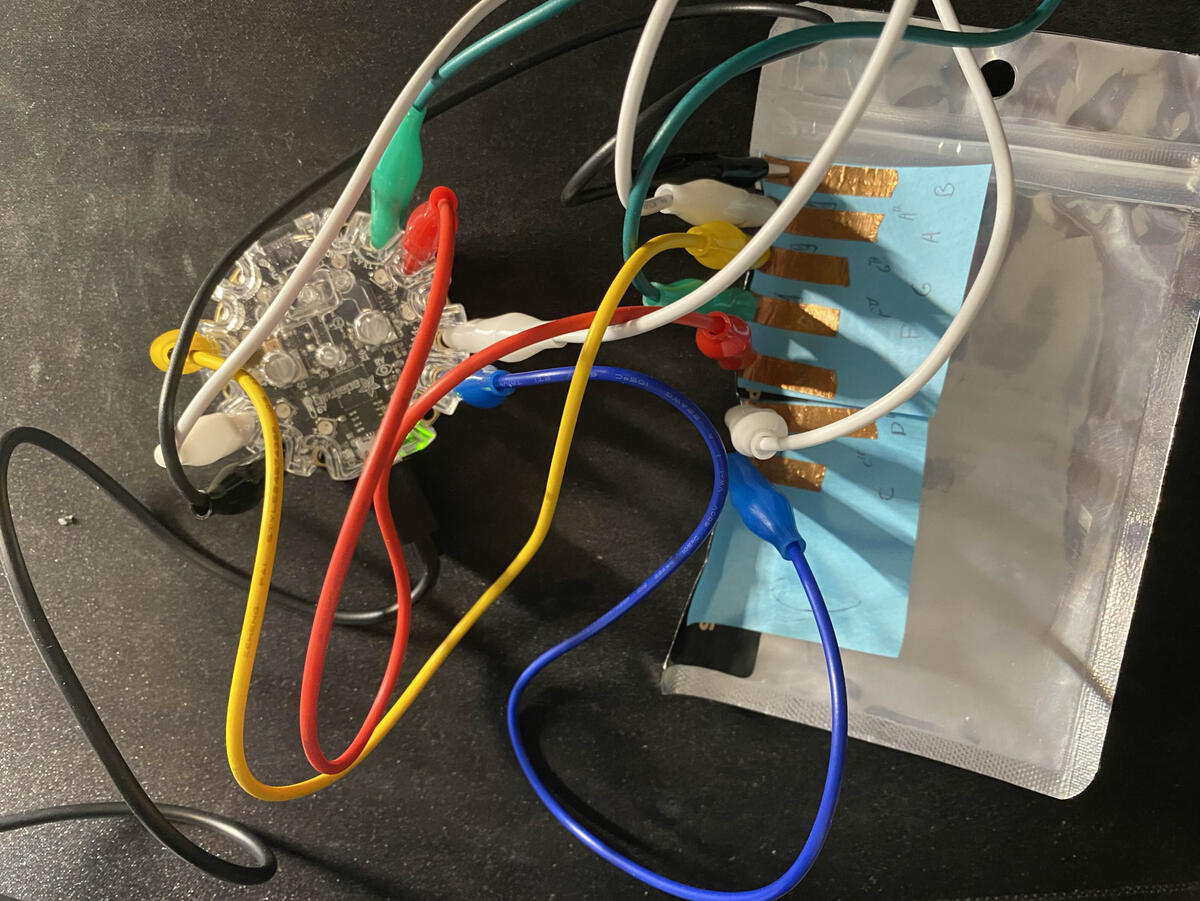
Playthrough of the third level, "Rush E"
Cake Invasion
Cake Invasion is a 2D cake-themed maze arcade game developed by a small team for the Carnegie Mellon NHSGA summer program. It is closely inspired by the classic arcade retro game Dig Dug, featuring multiple enemy types, maps, and player attacks!
I worked as a producer and sound designer, managing roles, tasks, and deadlines for the team while also creating music and sound effects for the game.

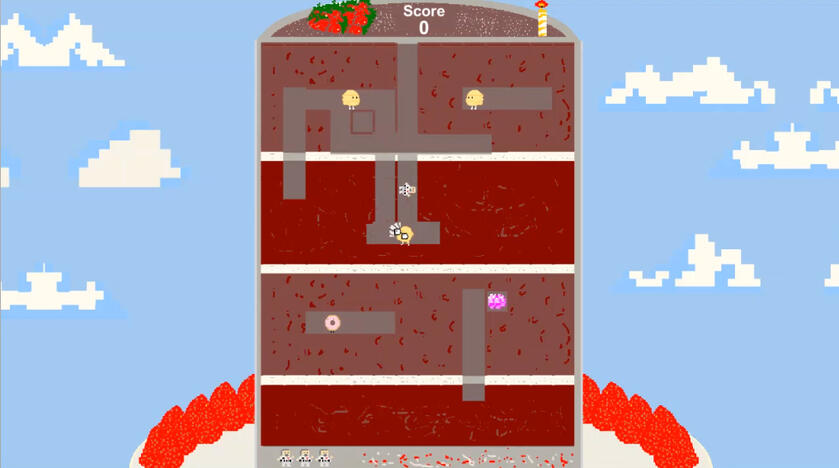
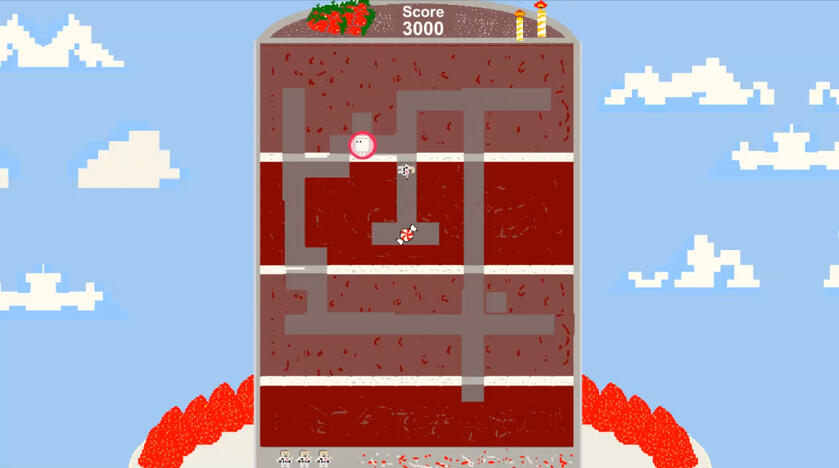
Contributors:
Andy Liu
Halie Chan
Jason Lei
Jesse Huang
Kimin Kim
Roblox Games
During my six month internship at Animoca Brands, I developed a variety of educational game content using a combination of Roblox Studio and Lua. These games took a spin on the classic Roblox genres, combining trivia elements with obstacle courses and mini-games.Notable games included an obstacle course, a platform questionnaire game, a pure speed questionnaire game, and a boss fight stage.
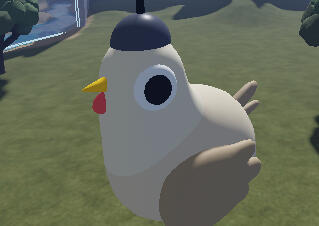
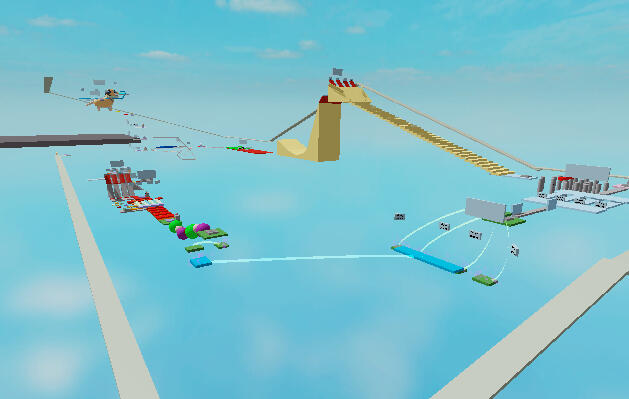
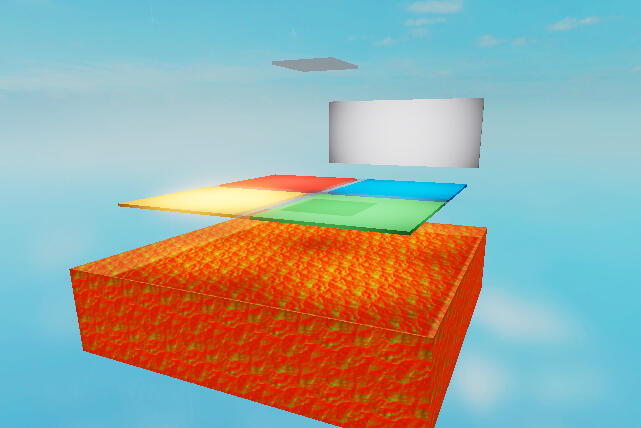
My contributions involved designing, developing, and refining certain game stages to maximize both entertainment and educational value. This mainly involved designing stages in Roblox Studio and coding the functionality with Lua. I also had experience working with databases that stored certain questions and randomized answers for the trivia aspect of the games.
Other Projects
Featured Projects
Forward Simulation With A*
The bulk of my time spent in the sub-group of the Low Cost Aerial Autonomy Vertically Integrated Project was on researching and implementing Forward Simulation with our previously explored A* pathfinding algorithm in an effort to explore the potential benefits of rapidly and continuously adapting the algorithm to both account for moving obstacles and their future positions.
Procedural Content Generation
In my procedural content generation class, I spent countless hours exploring the possibilities of generating different settings and objects in Unity, following various basic computer graphic principles. My projects involved generating randomized streets, imitating plant growth patterns, creating an array of creatures, and simulating creature flocking behaviors.
AI Pathfinding
The project focused on exploring the potentials of artificial intelligence and reinforcement learning on agents in Unity. My team's work involved implementing the A* search algorithm, and then eventually branching off into Proximal Policy Optimization, in which a comparison could be made for efficiency and optimization.
AR Spatial Map
The project focused on creating an AR spatial map experience in Hong Kong's Kowloon Elements mall by using Unity AR plugins and EasyAR technologies, which can be viewed through an Android device. My work involved importing the spatial map into Unity, placing 3D objects to populate the area, and traveling on-site to the mall to test features and object placements.
Blender Comic and Unity Exploration
When studying the principles of Constructing the Moving Image, I honed my skills in Blender and created a final comic based off of a very rough sketch. This involved creating two different low-poly characters, rigging and weight painting them to support poses, and designing a suitable prop list to fully enhance the mise-en-scene.
Pokémon Twitter Bot
This Pokémon Twitter bot performs a variety of actions in randomly set intervals, including tweeting, retweeting, following, and replying to any post that is Pokémon related. I worked mainly on the tweeting and following functionality, which involved interacting with and processing information from sites like PokéAPI and using them in preconstructed sentences.
Chirp
Chirp is a Georgia Tech themed Twitter clone website collaboratively developed over the span of a semester in the GT Webdev club. The project was mainly a front-end exploration for me, where most of my work involved using React and Node.js to create the layout and user interface as accurately as possible to match Twitter's design.
Procedural Content Generation
Street Generation
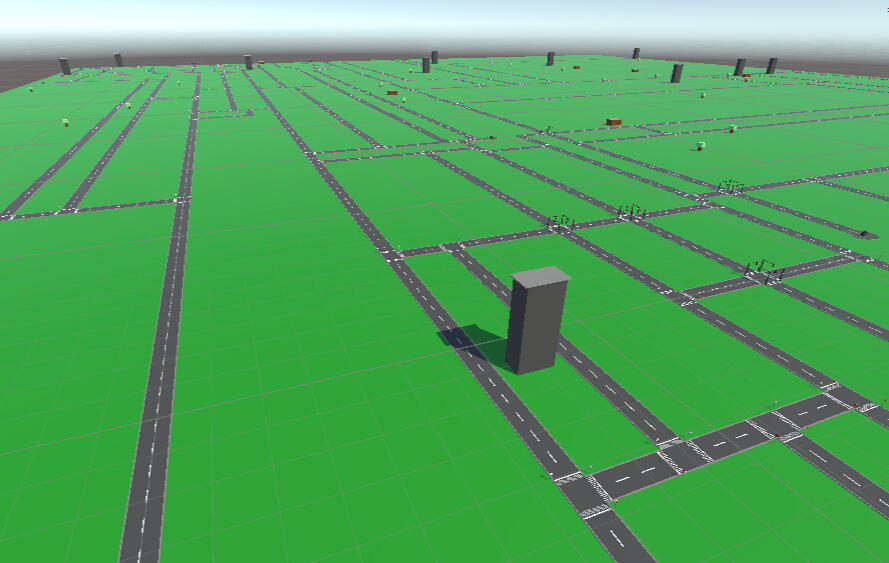
The first project involved automatically and randomly generating streets, roads, and other models based on a random seed. The entire 100x100 grid was made utilizing a modified version of recursive subdivision of up to 7 levels, as well as a tile and neighboring tile recognition algorithm. A variety of other requirements, such as including different road tile types and using non-trivial polygon meshes, were also incorporated. Below are a few models generated using a combination of Unity primitives and mesh generation using code.

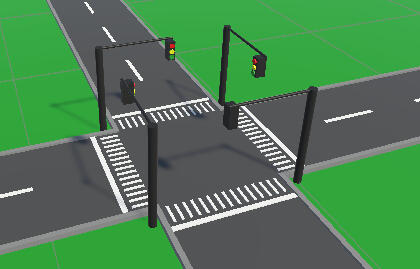

Plant Generation
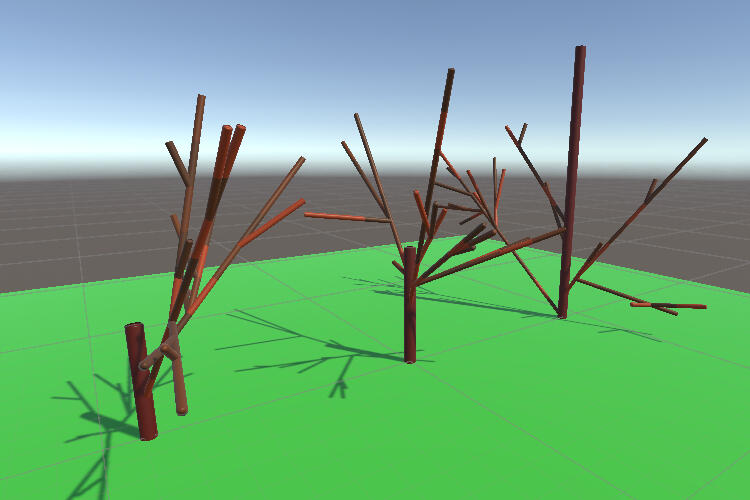
This project generates three plants side by side, with difference due to the random seed. The algorithm is based on the concept of apical buds, the root, and the ability for each side bud to either grow a branch, do nothing, or die. The plants display a minimum of three orders of branching, and have a possibility of either following orthotropic or plagiotropic branching patterns. The tubes that make up the branches are all constructed from code, which tracks the node position and branching position before creating the mesh.
Creature Generation
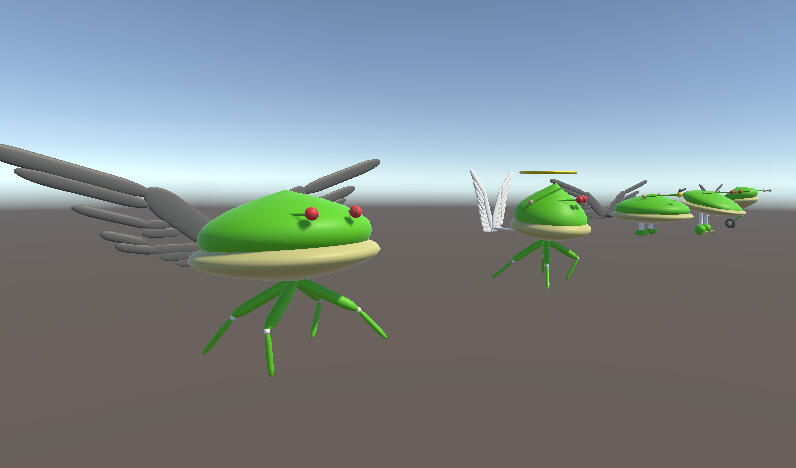
The third procedural generation project involved creating an array of creatures with varying differences. I utilized Bezier points and surface of revolution to programmatically construct certain creature body parts, and designed certain body features to be randomly varying based on the seed. The wings, eyes, and legs all have three different possible designs, with each one having an additional randomized position and size. Some rare creatures even have a halo above it, which has also been generated using the surface of revolution for a torus. Below are just a few examples that the procedural code generates.
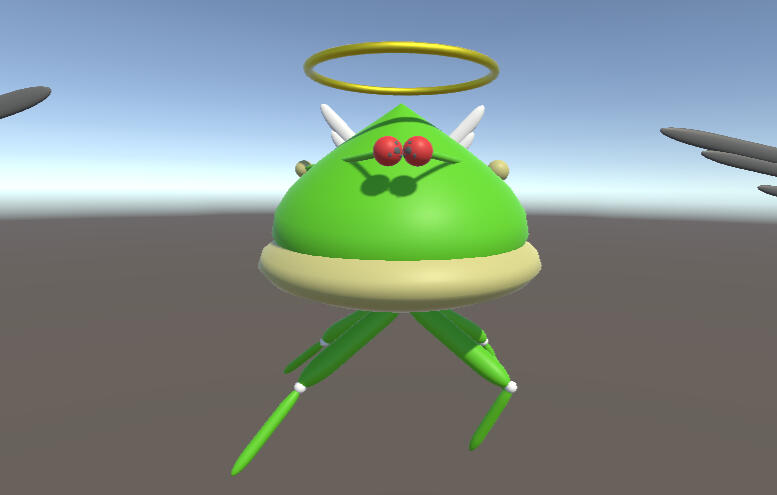

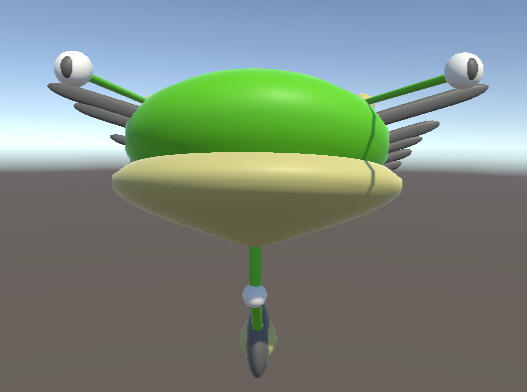
Flocking Generation
The fourth project is centered around the idea of flocking, and how large flocks of birds or schools of fish might group together in migration or movement. The concept was to imitate behaviors that this flocking seemed to exhibit, which involved four key forces in the flocking algorithm: flock centering determined how powerful the flocking force was, velocity matching dictated the tendency for creatures to match their neighbors, collision avoidance was critical to ensure that creatures remained close without actually colliding, and wandering was an added random force to provide each creature some variety in movement. Keep in mind that while the creatures might resemble birds, they move and behave more like fish in water.
Blender Comic and Exploration of Space in Unity
Below is the short final Blender comic that I designed and created. It portrays a classic chase sequence, ending in a mysterious standoff duel. The character design, lighting, set, props, paneling, and spacing were all intentionally designed to deliver the best narrative with no dialogue.

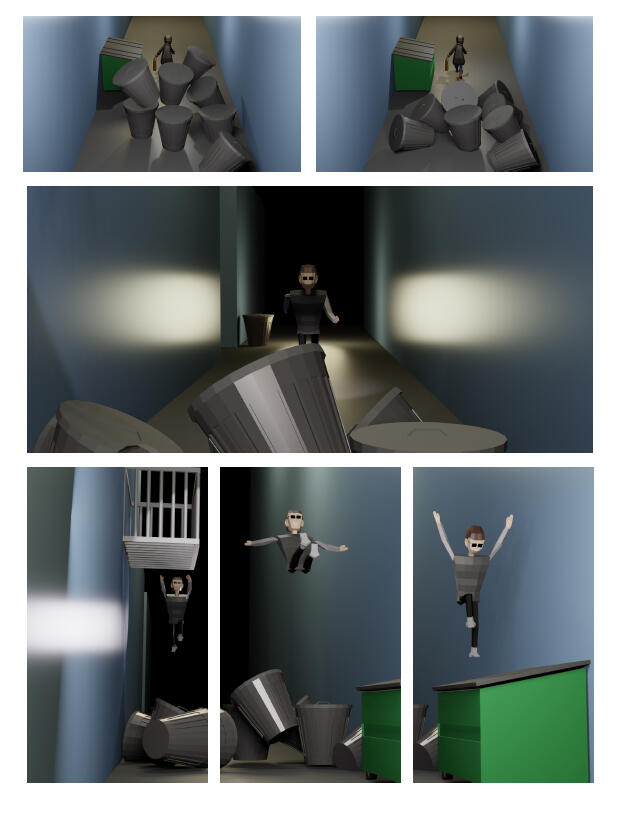
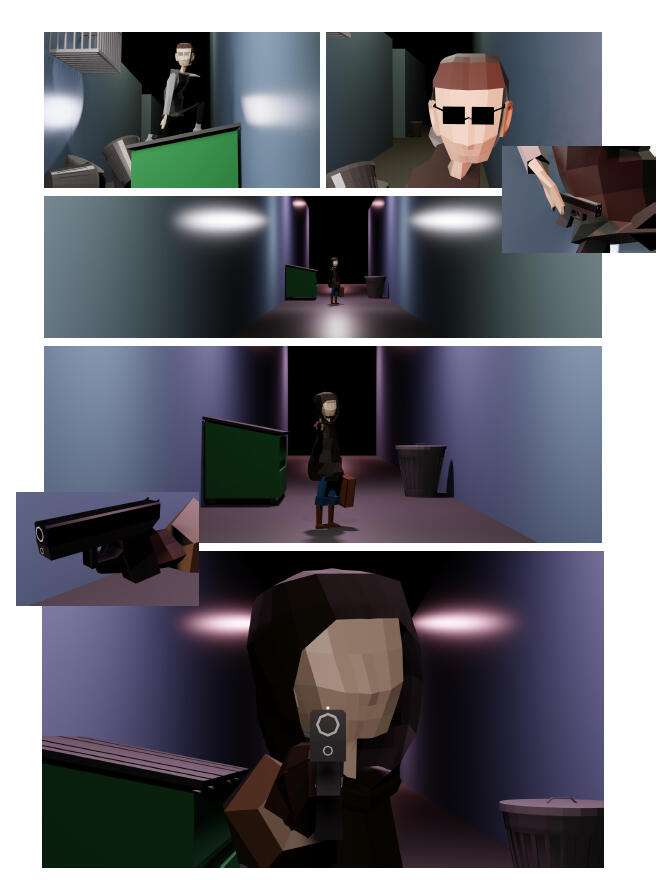
The next part of this exploration was to transform it from a 2D non-interactive medium to a 3D exploration of space through Unity Engine. It was not enough to merely export the Blender file — it had to support and work with the new interactive medium to deliver the same kind of narrative in a fitting matter. Below is a video demonstration of my final product and the design choices behind them.
Forward Simulation With A*
The A* pathfinding algorithm typically iterates through nodes, and depending on whether a node is marked as unwalkable or walkable, the algorithm will eventually develop an optimal path that navigates around all the unwalkable nodes. This is ideal for static environments that do not change. However, with dynamic obstacles that could change position at any moment, how can we dynamically adapt A* to account for that?With Forward Simulation, we can predict where each obstacle will be in one timestep, using their position and velocity as an input for each A* step. The final path is then drawn off this information, accounting for distance from the player. If a faraway object is moving towards the player, it's future position is taken into account for one timestep, but this amount is increased based on how far it is and how long it will take until the player crosses paths with the object.
Short demonstration of the A* path being dynamically drawn
Demonstration of the calculated positions of each object's future position based on proximity to player
AI Pathfinding
I mainly worked on the early iterations of PPO that focused on training the agent for static, random, and moving obstacles. By gradually adapting the reward function, we were able to notice an improvement in efficiency of the agent. Albeit suffering from overfitting, the agent was able to navigate the static environment very well after 500,000 steps. Below are sample videos of the process that highlight the improvement over time.
Iteration 1: Static Obstacles, sub optimal reward function
Iteration 2: Static Obstacles, improved reward function
Iteration 3: Random Obstacles, adjusted reward function
There have been further explorations on the functionality of PPO in navigating a crosswalk that features both vehicles and pedestrians. There is still a lot to explore with PPO, and further experimentation may be pursued.
AR Spatial Map
I worked on the early iterations of the AR Spatial Map project during my summer internship at Meta Metopia. The project aimed to create a digital spatial map of Hong Kong's Kowloon Elements mall using EasyAR technologies, which could then be imported into Unity, where certain AR plugins could be used to place 3D objects and export the application for Android devices to run.Below is a video demo of more recent developments:
I worked on the early prototypes of the project, which involved importing the spatial map into Unity, placing certain 3D elements into the digital space, and ensuring the elements appeared and had proper positioning and size when testing the application on-site at the Kowloon mall.
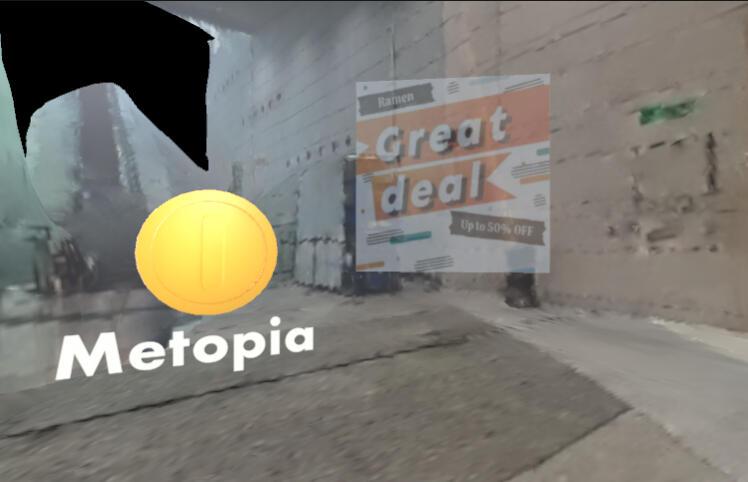
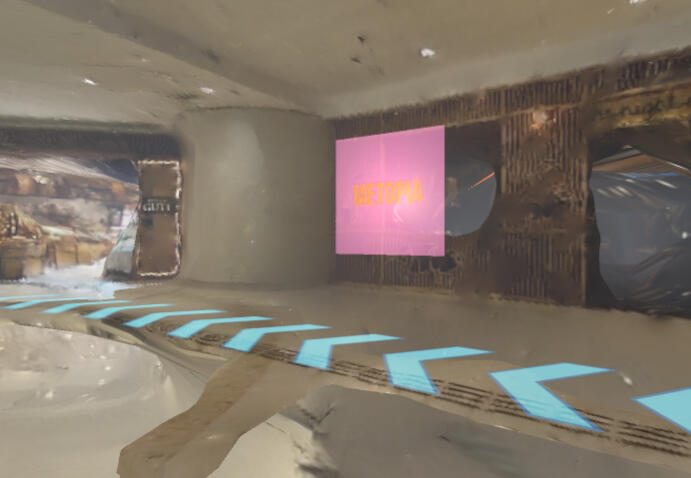
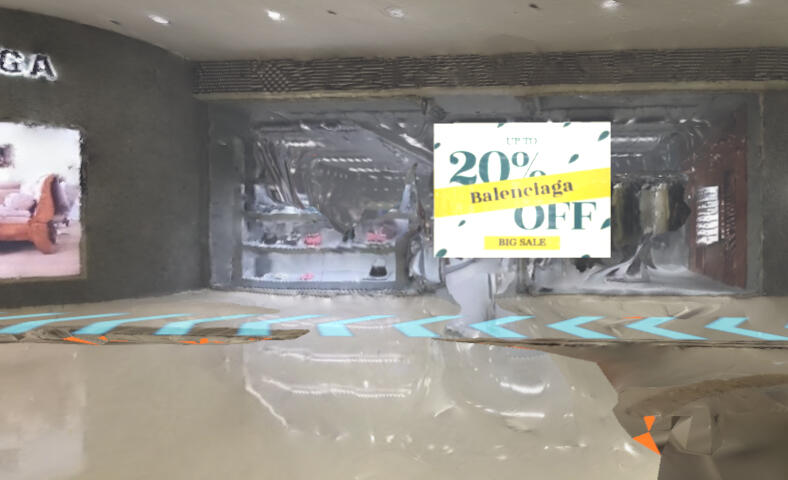
More About Me
Hey, thanks for stopping by!I'm a recent Georgia Tech Computational Media Graduate with experience spanning technical development, project coordination, and cross-functional collaboration. Tools like Unity and C# are my bread and butter, which gives me the technical literacy to effectively translate between development and client needs.I’m passionate about creating reliable systems and meaningful user experiences — whether that means coordinating project timelines, translating technical requirements, or getting directly involved in technical implementation. No matter the discipline, I enjoy finding elegant, efficient solutions that address real problems and adapt to evolving needs.I believe curiosity across fields makes for a stronger problem-solver and a more collaborative teammate. Outside of professional work, I stay engaged through music (namely the guitar and bass), Chinese and Japanese language studies for better cross-cultural collaboration, and personal software projects (like games!) that sharpen my problem-solving skills.Interested in what I do, how I operate, or just in having good conversation? Feel free to reach out via any of my contacts; I'm always looking to connect with more pioneers and innovators in the industry. I also share regular updates and insights through blog posts here, so keep your eyes peeled for those!




























